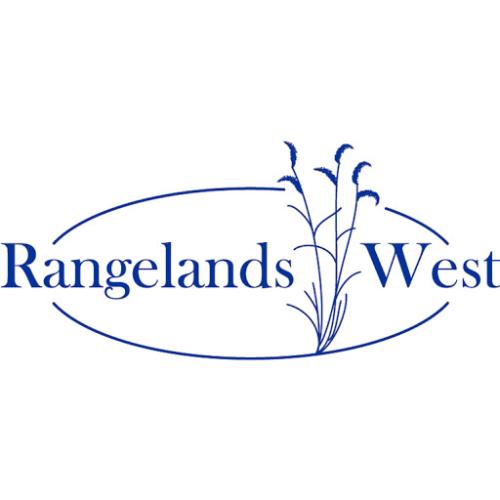In 1980-1984, Nevada rangeland managers recognized the importance of monitoring for managing livestock grazing and came together to create the Nevada Rangeland Monitoring Handbook.  Published in 1984 by the Nevada Range Studies Task Group of the Nevada Range Committee, the Handbook united rangeland managers behind an agreed upon set of procedures.  It helped many people agree about monitoring methods and management changes without resorting to confrontation and courts.  More importantly, progress in the management of Nevada rangelands led to better rangeland conditions in many areas.  The 1984 Nevada Rangeland Monitoring Handbook recommended the following studies to be conducted at key areas: 1) Production – The NRCS Double Sampling Method and the BLM Weight Estimate Vegetation Inventory Method, 2) Quadrat Frequency, and 3) The Modified Key Forage Plant Method utilization transect. Production data were compared with NRCS ecological site descriptions to determine ecological status.  Frequency indicated changes in plant composition.  These methods are still valid.  The Modified Key Forage Plant Method has been replaced by the Key Species Method.  Production data may be interpreted differently as ecological site descriptions are being revised to reflect more recent ecological thought.  Production data compared with ecological site descriptions help determine ecological state.  They may be compared with Desired Plant Community (DPC) objectives.  Frequency studies emphasize nested plots to make data more useable through time as communities change.   While the first Handbook proved useful, it is more than 20 years old.  As monitoring is a tool for learning from ongoing management to adjust and improve management, it is fitting that we learn from our past experiences in monitoring to create a new synthesis of current ideas.   The 1984 Handbook emphasized monitoring techniques without emphasizing the reasons for monitoring.  Today, management is based on goals and objectives set in a planning process that considers the best science and society’s mix of values.

Articles, citations, reports, websites, and multimedia resources focused on rangeland ecology, management, restoration, and other issues on American rangelands.